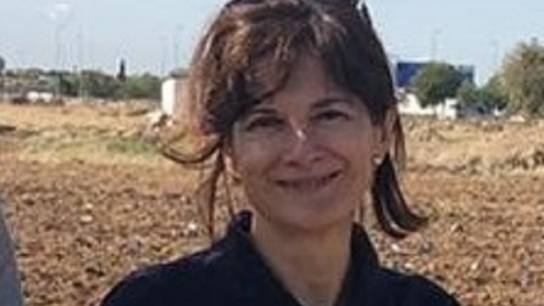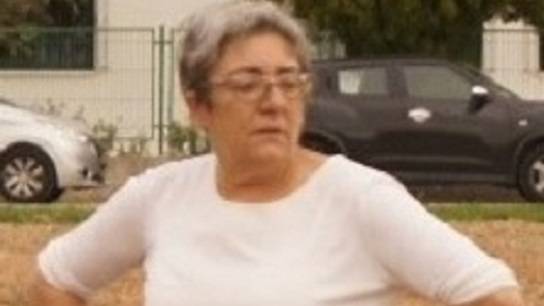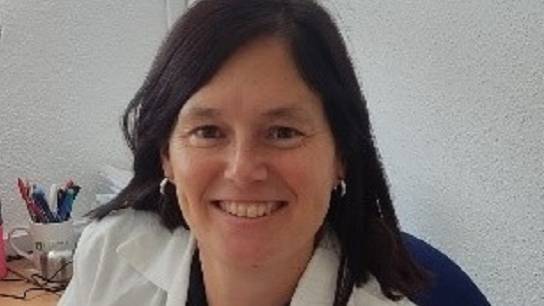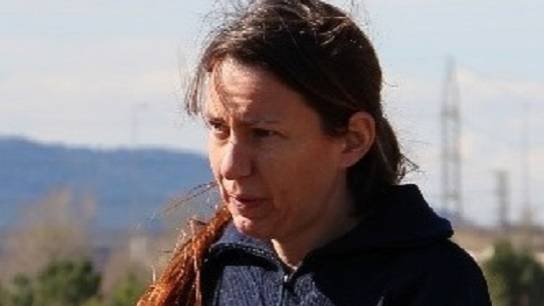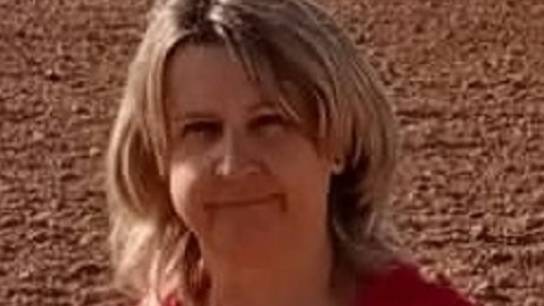Taking a closer look at INIA-CSIC
The National Institute of Agricultural and Food Research and Technology (Instituto Nacional de Investigación y Tecnología Agraria y Alimentaria, INIA) belongs to the Spanish Research Council (Agencia Estatal Consejo Superior de Investigaciones Científicas, CSIC). INIA is a reference institution in Agrifood and Forestry Science, and Technology at a national level, whose objectives are to support sustainable economic growth and the well-being of society through agricultural and food research and innovation. Another important INIA goal is to maintain and strengthen its role as coordinator of agricultural, food and forestry research at the international level with special emphasis on Ibero-American countries. (https://www.inia.es/en-en/aboutus/whoweare/Pages/Home.aspx). The INIA activity areas are: Forest resources, Animal health, Plant protection, Plant and animal production, breeding and resources, Evaluation and management of sustainable production, and Food production technology.
The INIA holds the main Spanish Genebank, located at the Plant Genetic Resources Center (Centro de Recursos Fitogenéticos, CRF). The CRF is located in an experimental field station (La Canaleja) in Alcalá de Henares (Madrid). The CRF is in charge of the conservation of the germplasm collections, which includes their multiplication, characterisation and supply of the material to the users. The CRF is also responsible for the coordination of the activities of the Plant Genetic Resources Spanish Network, as well as management and publication of the National Inventory of the Spanish germplasm.
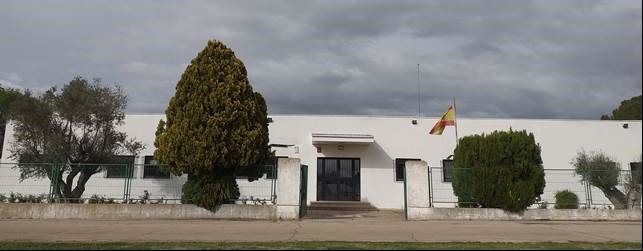
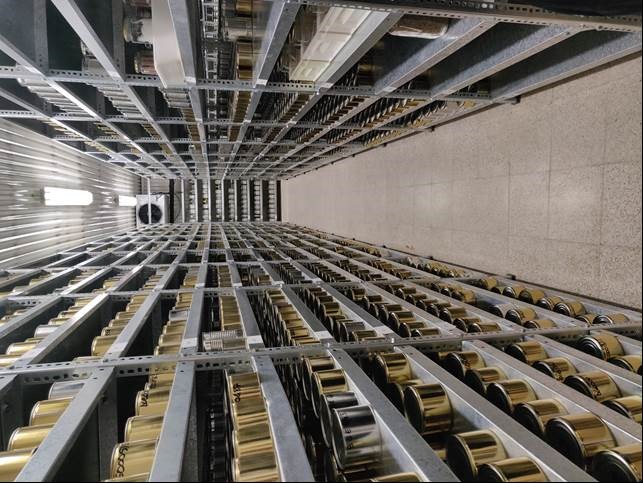
Pic 1 – Plant Genetic Resources Center (Centro de Recursos Fitogenéticos, CRF). Left - Main building in the field station. Right - Genebank cold chamber with the base collection.
The AGENT team of INIA
Three INIA scientists participate in the AGENT project, mainly in WP2, WP3 and WP7. These researchers, belonging to the Environment and Agronomy Department, conduct their work in the CRF. Their research focuses on improving the utilization and conservation of the genebank collections through promoting the phenotyping, genotyping and rationalization of this germplasm.
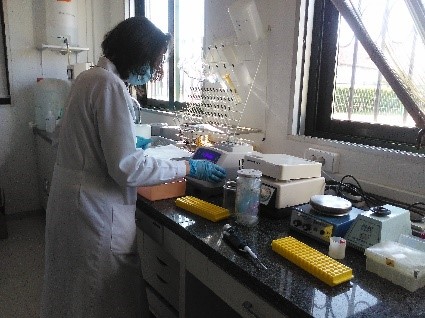
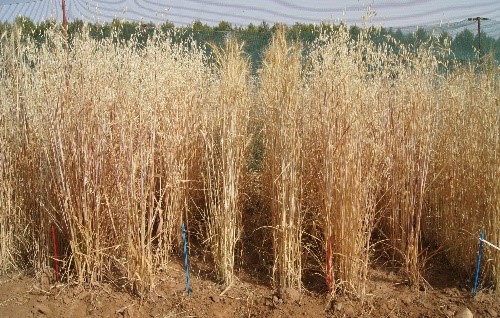
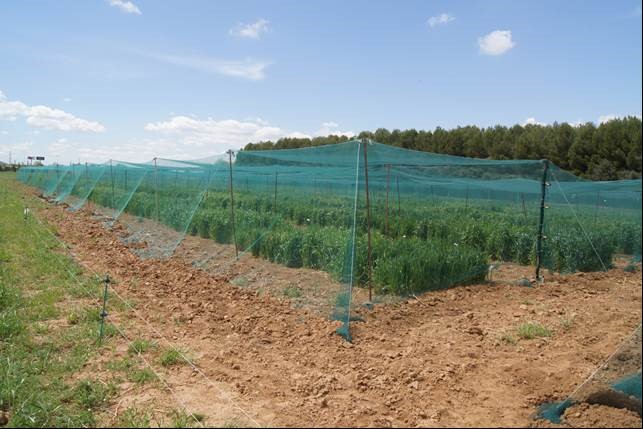
Pic 2 – AGENT project activities at the CRF. Left - DNA extraction of AGENT accessions in WP2. Center - Field multiplication of SSD lines of the wheat precision collection, separated with oat. Right - Check trials with the anti-bird net.
Magdalena Ruiz, who leads the INIA’s team, has extensive experience in the multiplication and characterization of the cereal collections. Her research is focused on studying the genetic variability of the collections, phenotyping of wheat genetic resources for quality and specific agronomic traits, and the creation of the Spanish wheat core collections. This research activity has developed in the frame of more than 30 research projects and several research publications.
Isaura Martin is a scientist focusing on seed technology, physiology and longevity. She also conducts research on physiological traits associated with drought resistance. She is the head of the Genetic Conservation Service of the CRF and responsible for the seed conservation. She is supporting INIA’s activities under WP7, task 7.1 Testing of GB monitoring system of the INIA, together with the Director of the CRF (Luis Guasch).
Cristina Nieto, an expert in molecular biology, has extensive experience in functional genomics. She has participated in different research projects on molecular mechanisms of plant adaptation to high temperatures and genetic resistance to plant viruses. Within the group, she is responsible for the implementation of Next Generation Sequencing techniques to carry out the molecular characterization of the collections conserved in the bank. She is supporting INIA’s activities under WP2.
Diana Martin was hired as technician to assist INIA’s activities under WP3. She is an expert in soil management and conservation, and in sustainable agricultural practices. She has participated in several projects related to the efficiency in the use of agricultural inputs, soil quality and sustainability of agroecosystems. Currently, she is permanent staff of INIA, being responsible for the coordination of the experimental field trials.
Encarna Zambrana is a technician with experience in agricultural practices who assist in the INIA’s activities under WP3. She is now responsible for the multiplication and characterisation of the cereal genebank collections at the CRF.
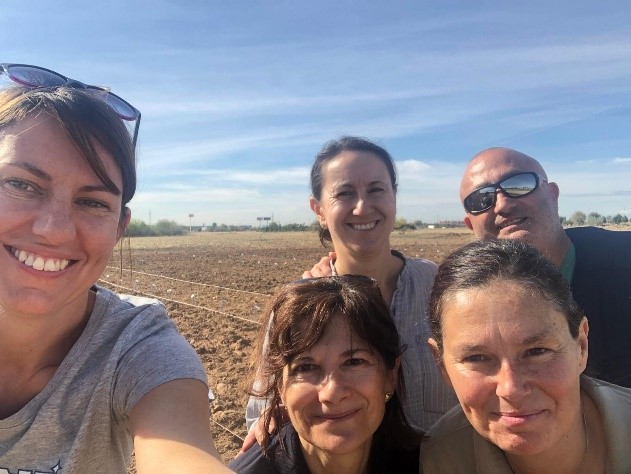
Pic 3 – After sowing the check trial (2nd November 2022). From left to right Diana Martin, Magdalena Ruiz, M. Jesús Tomás (who assists us in lab and field activities), Cristina Nieto and Manuel Gonzalez (field worker hired with AGENT).
"Our research interest is to value the collections, improving their conservation, genotyping information and selecting material tolerant to several stresses’. In this context, the researchers of the INIA team participate in projects focused on improving efficiency of nitrogen and water use, and tolerance to biotic stresses. ‘We are a small team and that is why we collaborate with other groups to carry out research projects on plant genetic resources. Perhaps it is the most rewarding part of our work because it allows us to work on different aspects of characterisation of the accessions (e.g. root architecture, diseases tolerance, drought, quality, molecular genotyping)."
"We hope AGENT will enhance and improve the genomic and phenotypic information on the INIA collections and the bank's protocol. The results of the project will allow the development of a comprehensive atlas of European wheat and barley diversity that will help to identify valuable materials for pre-breeding. We also hope that this project can favour the establishment of lines of scientific collaborations between partners."
